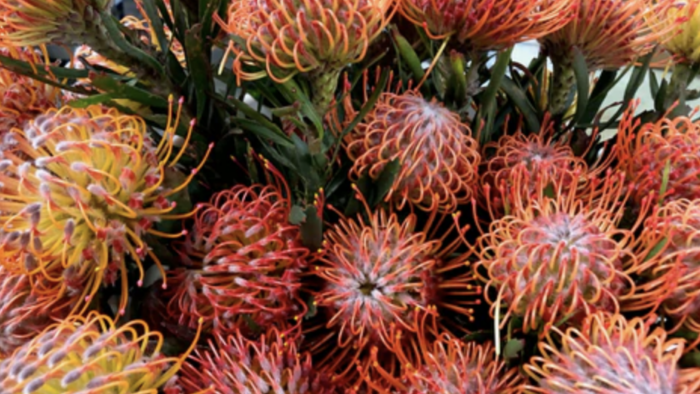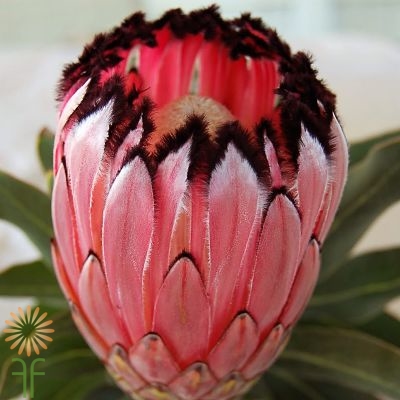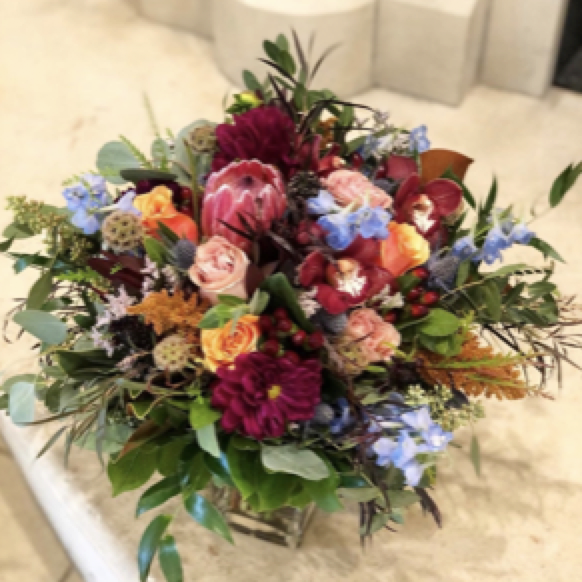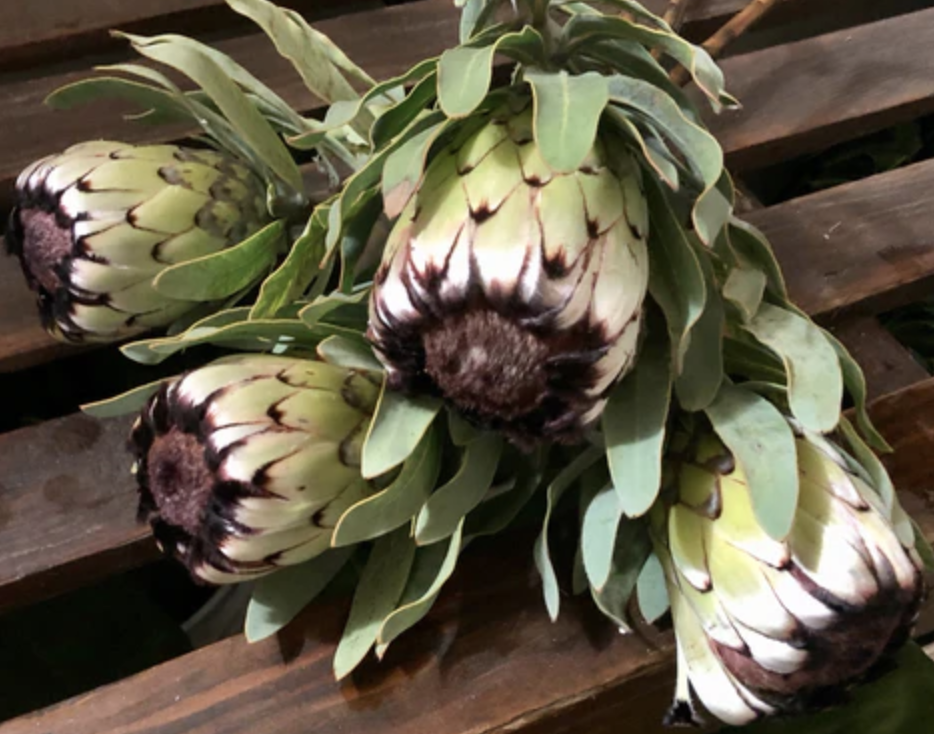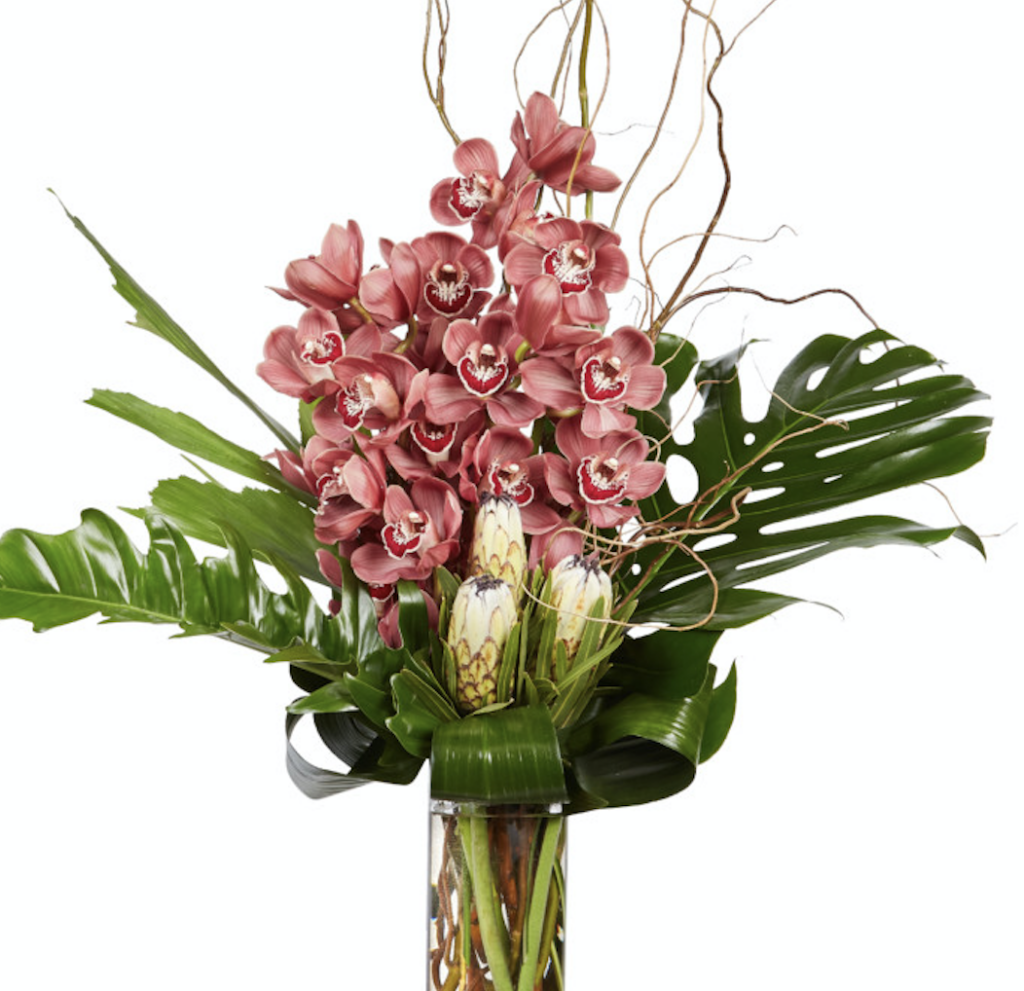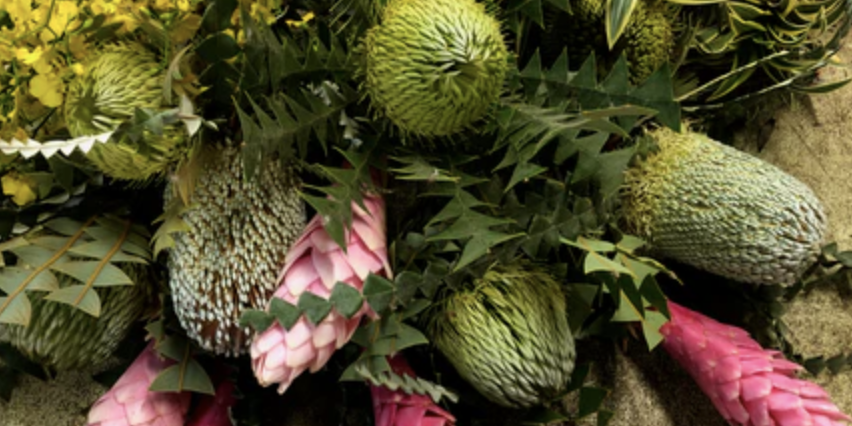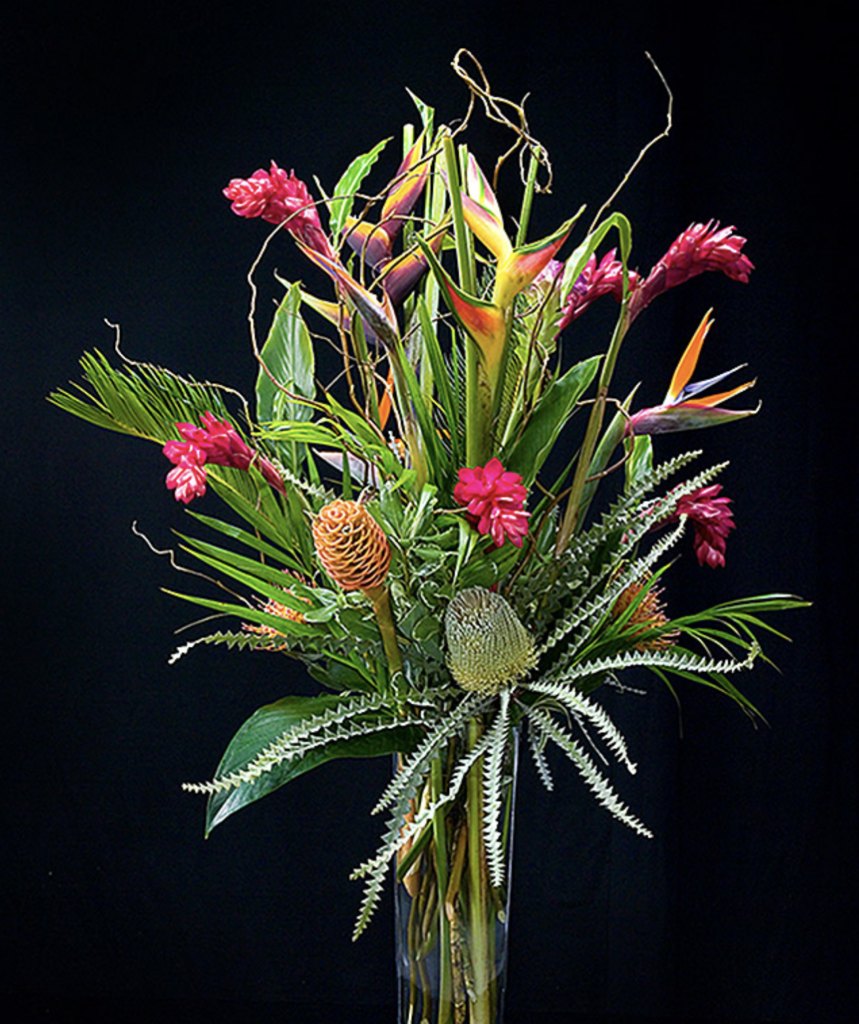It is said that art imitates life. In reality, however, art isn’t the imitator, but rather the influencer. Art impacts our culture in many ways, through literature, music, architecture, and design (including floral design). At Lilium, our tagline is “The Art of Flowers.” We truly feel that floral design is an art form, and we are often inspired by the art world. Five of the most influential art movements include: Baroque (Dutch Still Life), Abstract Expressionism, Cubism, Pop Art and Impressionism. Each of these genres provides unique inspiration for our floral designers.
Baroque (dutch still life)
Baroque art flourished in the 17th and 18th Century throughout Europe. It is most often associated with excessive ornamentation and emotion, usually depicting great drama, with rich, deep color, intense light and dark shadows. The Baroque genre, however, encompasses many sub-categories of art, including Dutch Still Life. Dutch artists like Rembrandt van Rijn (known simply as Rembrandt), Johannes Vermeer and Vincent Van Gough are the most widely known artists of the Dutch Golden Age.
Also part of the Dutch movement was Rachel Ruysch, known for her floral still life paintings. In the 17th Century, the Netherlands became a prominent importer of exotic plants from around the world. Wealthy merchants collected species and passed them from grower to grower, giving birth to the cut flower market. Flowers became appreciated for their fragrance and beauty, not simply for their medicinal properties. Flower paintings became an expression of wealth. They generally featured dark backgrounds, with a variety of rich, vibrant stems arranged in an organic, flowing design.

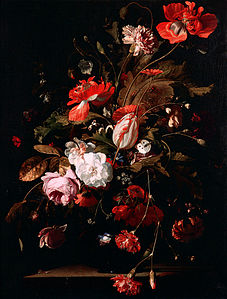
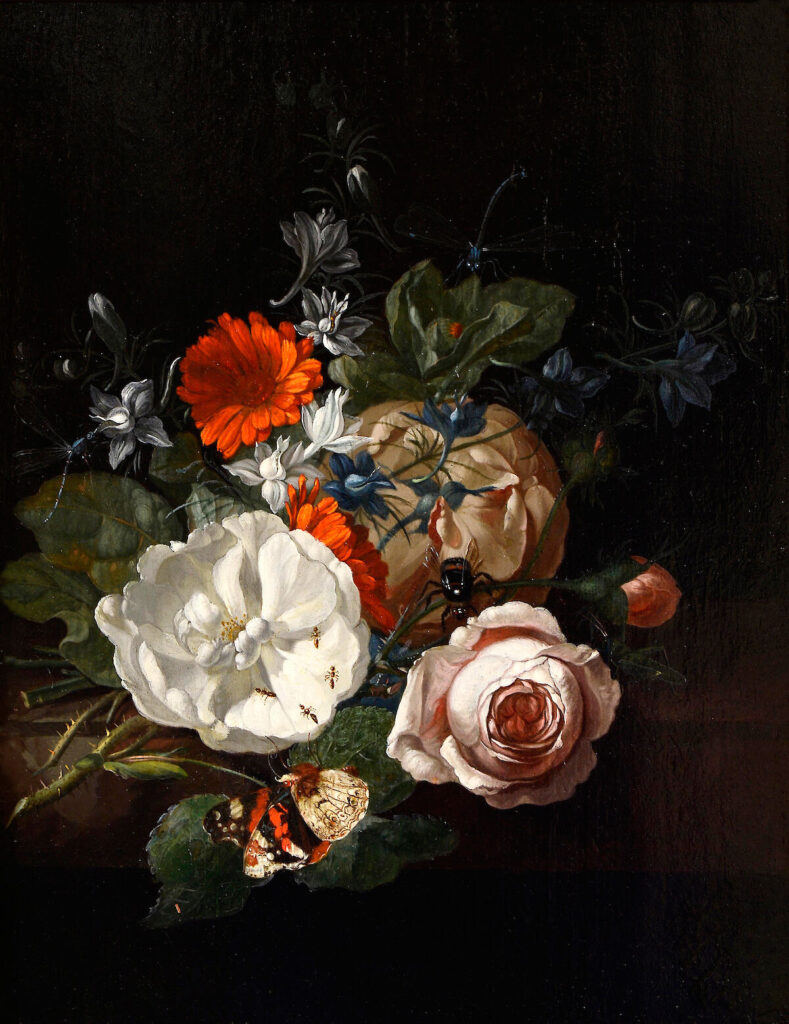
We are inspired by the variety of flowers seen in the paintings. The flowers often seen in the paintings showcased the full blooms and long drapey stems—which really creates an appreciation for each flower. Using the full length of the stem of a tulip is a great way to showcase its natural beauty. Lilium’s designers’ interpretation of this style features more than a dozen varieties of flowers and foliage, including parrot tulips from Holland.


Cubism
Made popular in the early 20th Century by Pablo Picasso and Georges Braque, Cubism art is marked by geometric shapes painted to represent reality in a fragmented and abstract way. Most often, these works feature a flat, two-dimensional surface. Featured objects are broken up and reassembled in an abstract form. It aims to show the observer all of the possible viewpoints of an object all at once, resulting in an altered reality. This revolutionary style of painting ignored traditional shading, dimension and perspective in order to depict a multi-faceted view.

“Learn the rules like a pro, so you can break them like an artist.”
Pablo Picasso
In floral design terms, Cubism art can be interpreted with simple, geometric shapes and interlocking planes. We like using reeds, branches and varieties of greenery to capture this style.
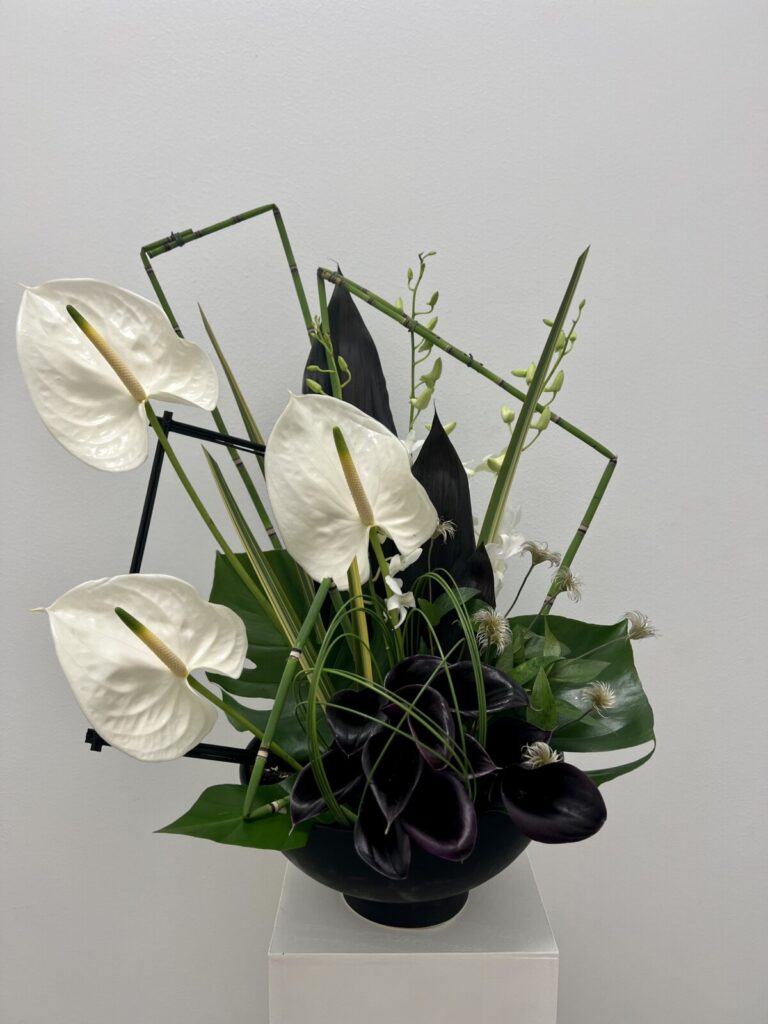
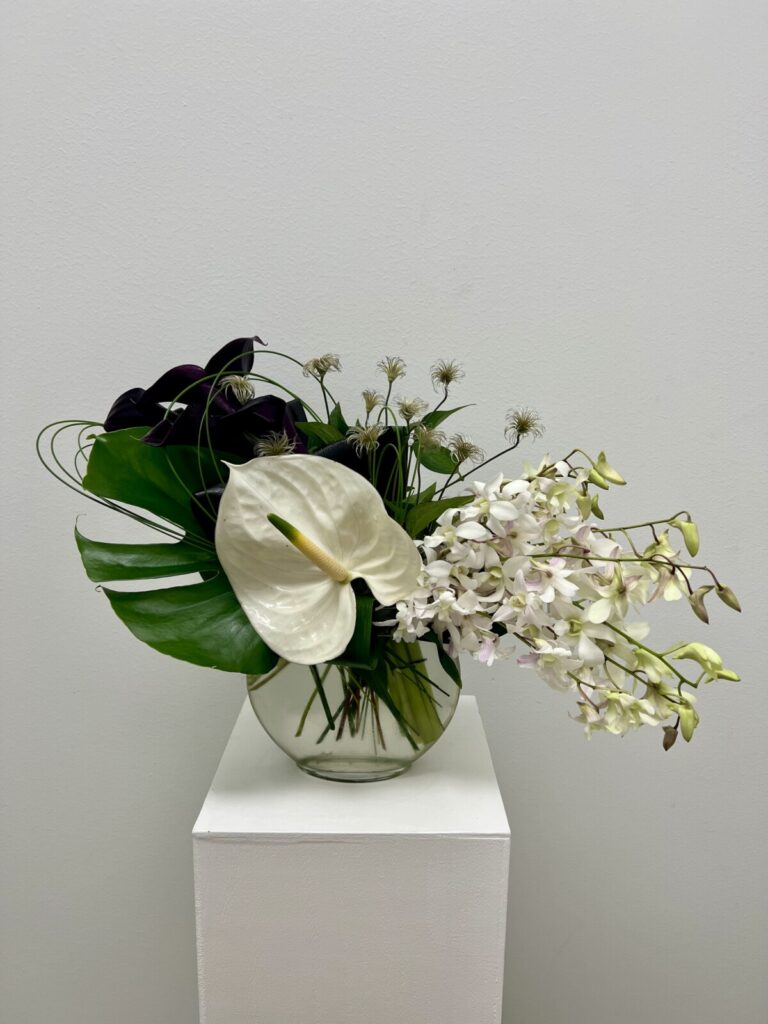
Abstract Expressionism
This post-World War II art movement is rooted in America (specifically, New York). Abstract Expressionism is marked by “spontaneous” creation, in that art comes from the unconscious mind. Artists like Jackson Pollock and Morris Louis used large gestures to spontaneously create large abstract paintings, reflecting whatever the artist was feeling in that moment.

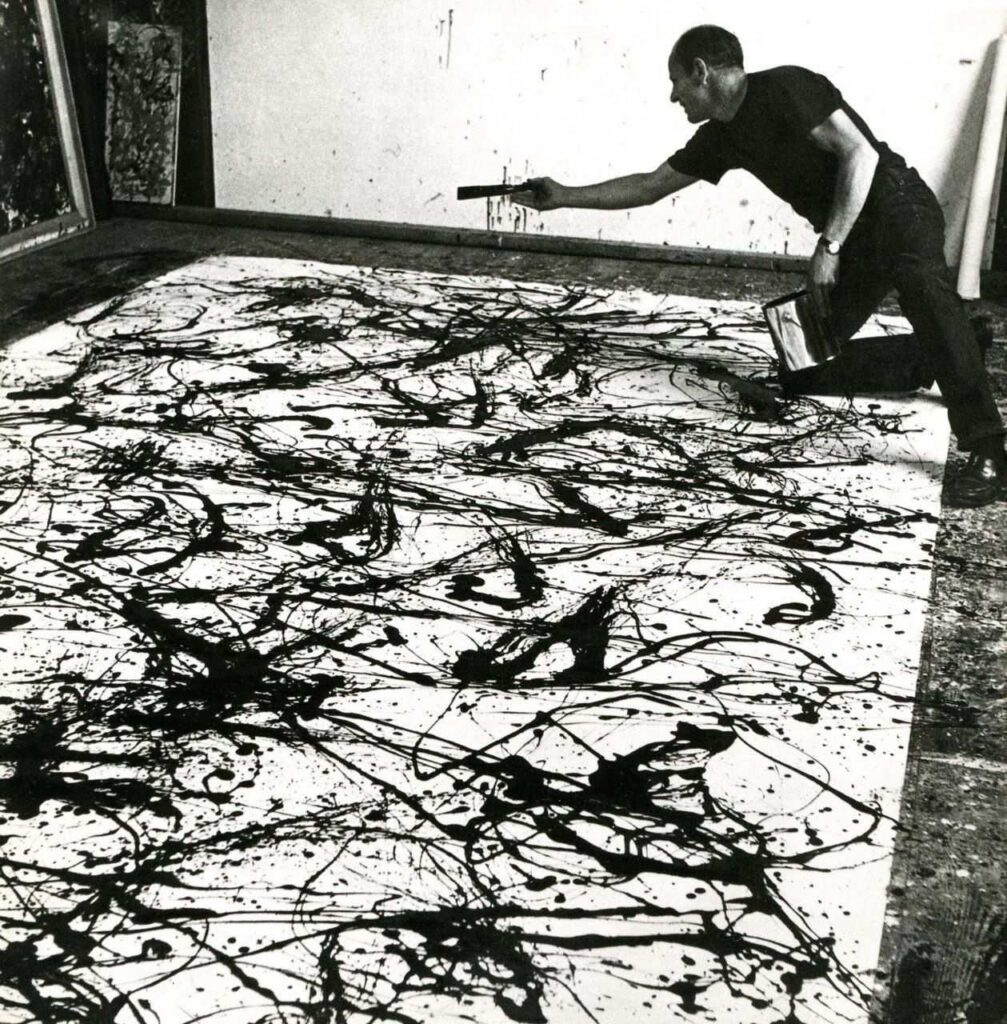
Interpreting Abstract Expressionism in floral design gives us a great deal of freedom to be creative. We can have fun with texture, color and shape. Flowers like Birds of Paradise, Anthurium and Ginger provide pops of color and unique shapes.
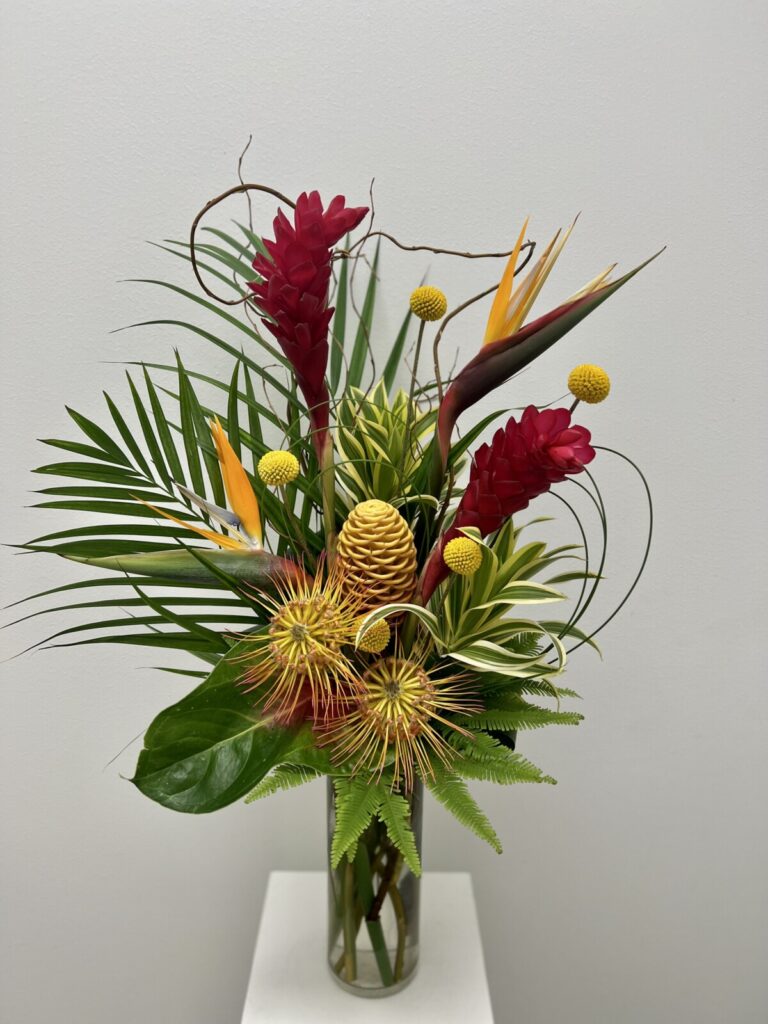
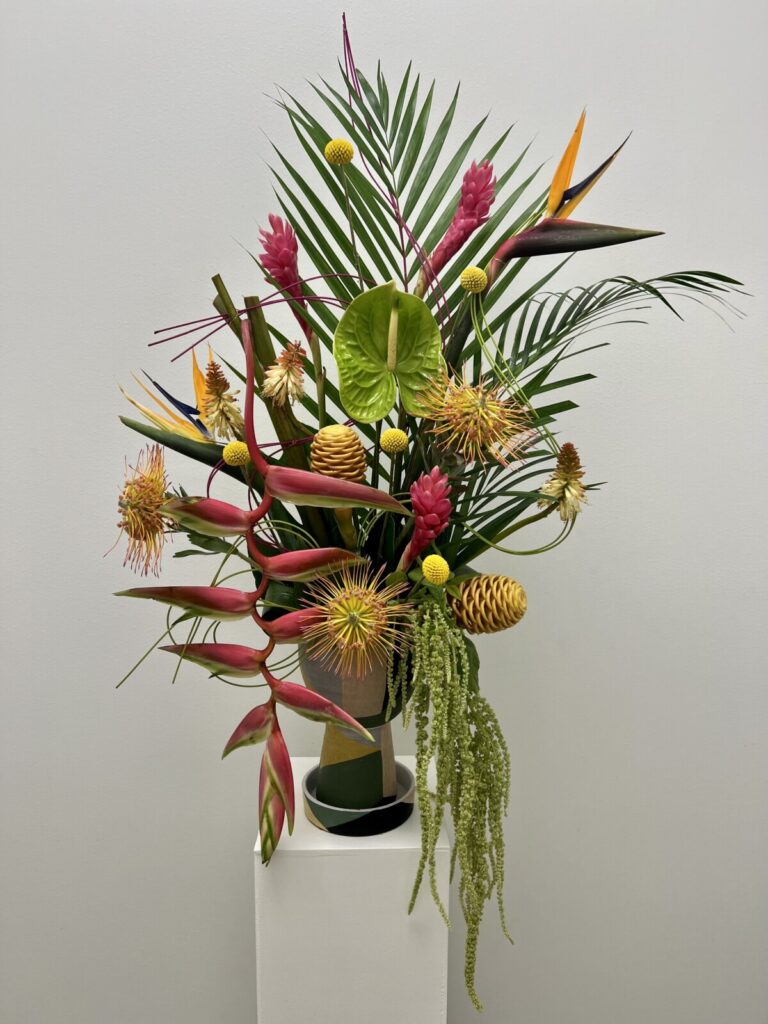
Pop Art
The Pop Art movement came about in the United Kingdom and United States in the mid- to late-1950s. In a departure from traditional subjects, pop artists chose objects from popular culture: advertising, comic books, logos, or common everyday objects. Artists most recognized in the Pop Art movement include Eduardo Paolozzi, Roy Lichtenstein, Jasper Johns, David Hockney and Andy Warhol.
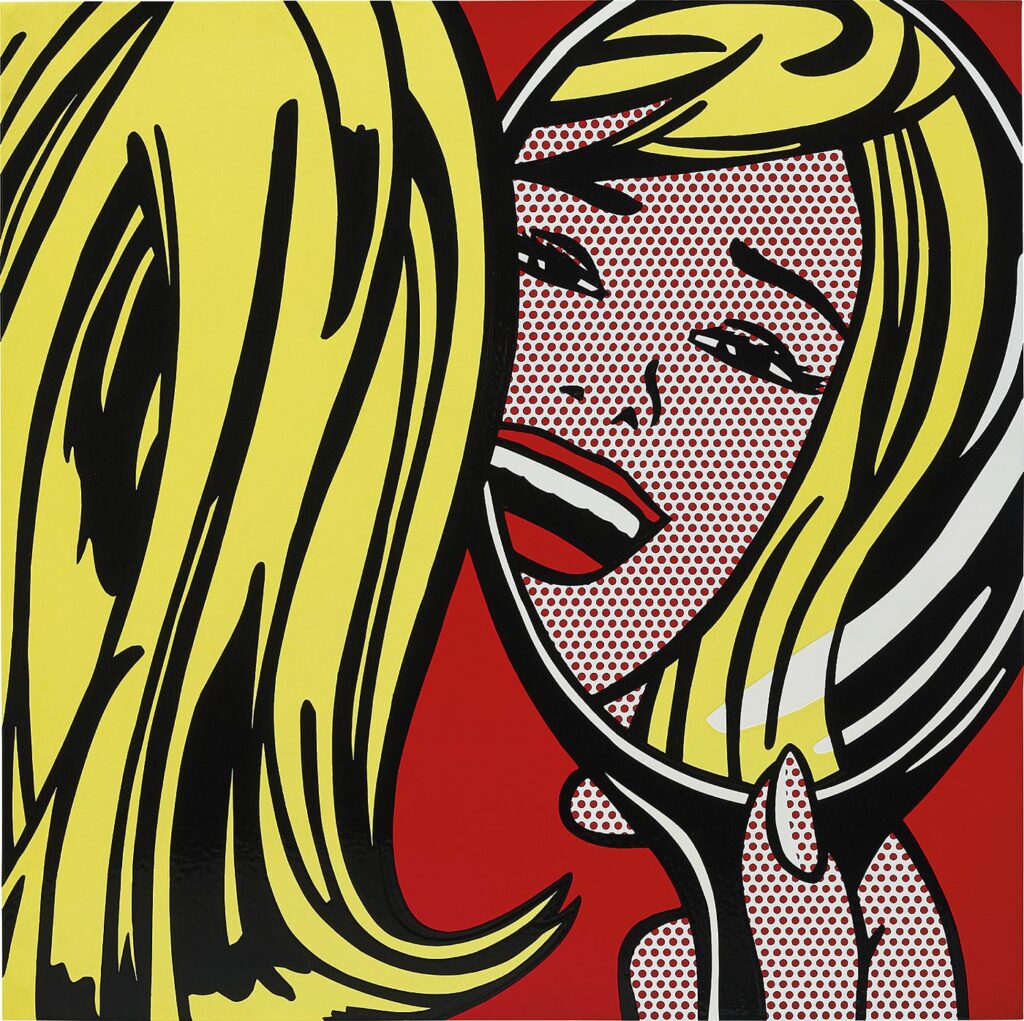


Translating pop art vibes into floral design can be a lot of fun. We can use unconventional vessels, like product cans, tins or jars. However, inspiration doesn’t have to be literal. Our version of Pop Art shown here feature florals in bold, contrasting colors arranged in a playful way that catches the eye.



iMPRESSIONISM
Impressionism was a revolutionary movement that emerged in France in the late 19th Century. Inspired by photography, impressionist painters such as Claude Monet, Pierre-Auguste Renoir, Edgar Degas, and Camille Pissarro sought to capture light, color and movement in natural and urban settings. Impressionist works were often painted outdoors rather than in a studio.
Impressionism is characterized by short, but visible, brush strokes that capture the essence of a subject, not the details. Color is applied side by side, with as little mixing as possible, making the colors appear even more vibrant.
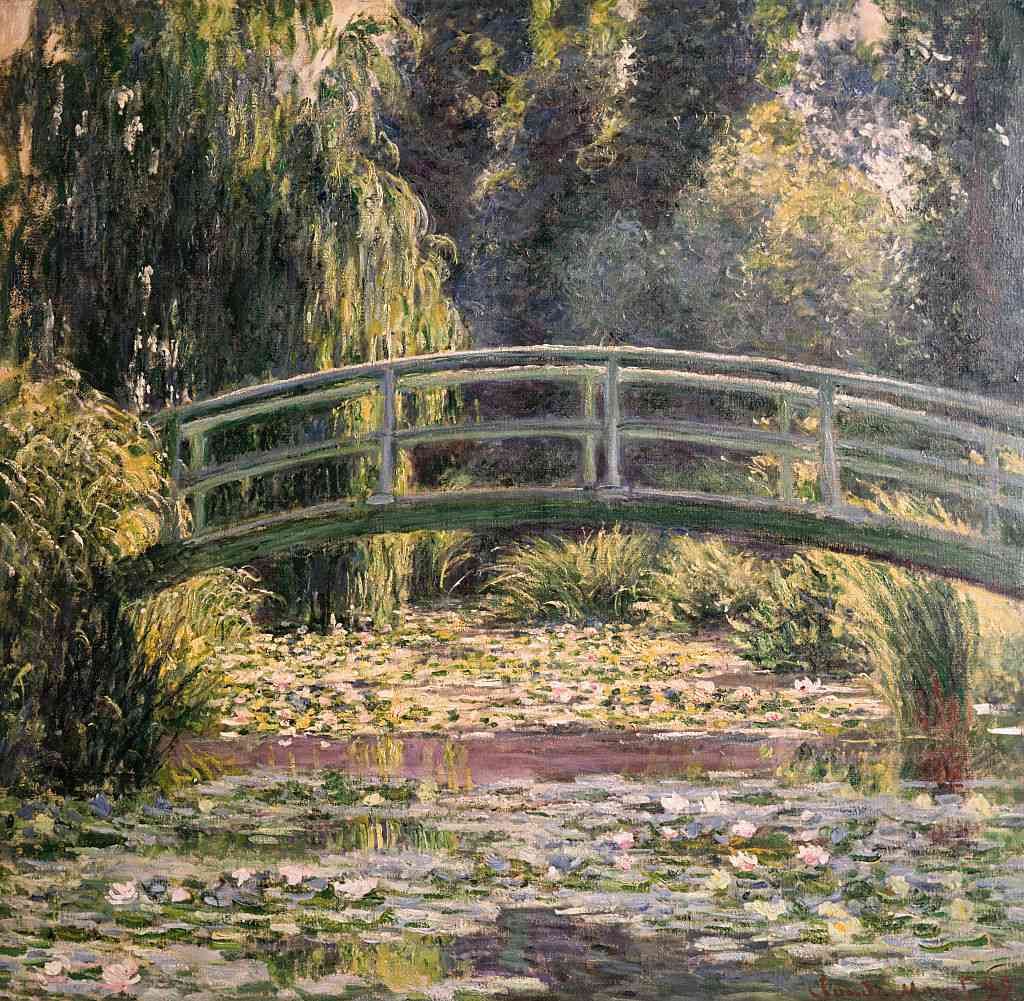
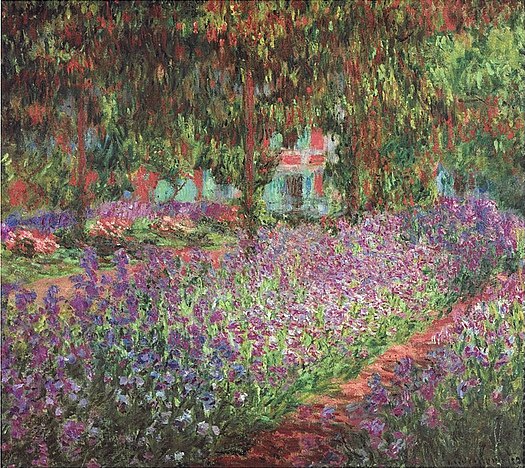
Floral interpretation of Impressionism might include soft, garden-style arrangements. Designs may be linear to mimic landscapes. Analogous colors represent a blend of color and form.
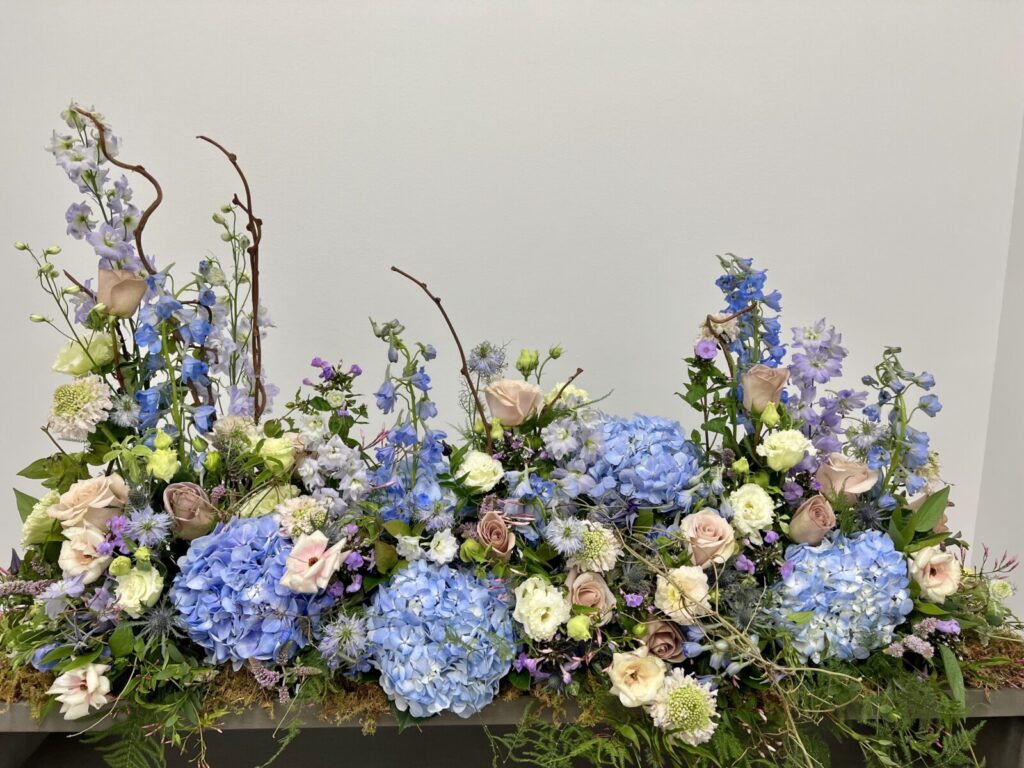
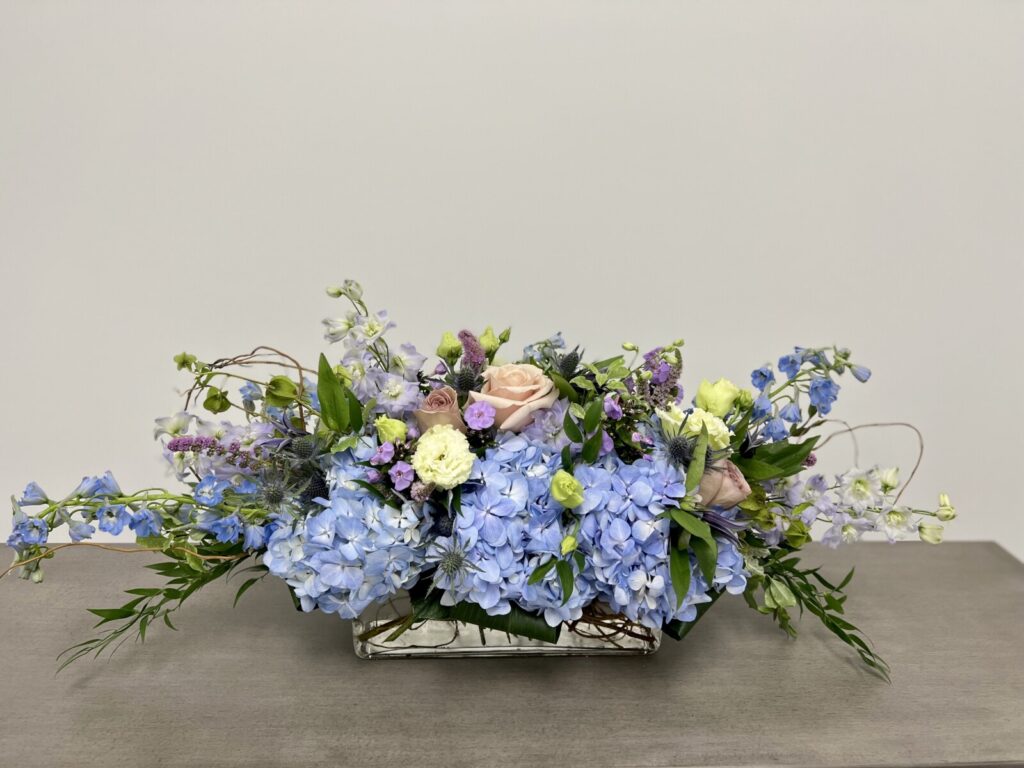
The Masters, painters who were ground breakers in their medium more than a century ago, and those who have left their mark on the art world since, continue to influence what we do at Lilium. While they worked in oils, watercolors, and acrylics, our medium is flowers, greenery and texture. Nature provides the most stunning color palette. The result is what we consider “the art of flowers.”


